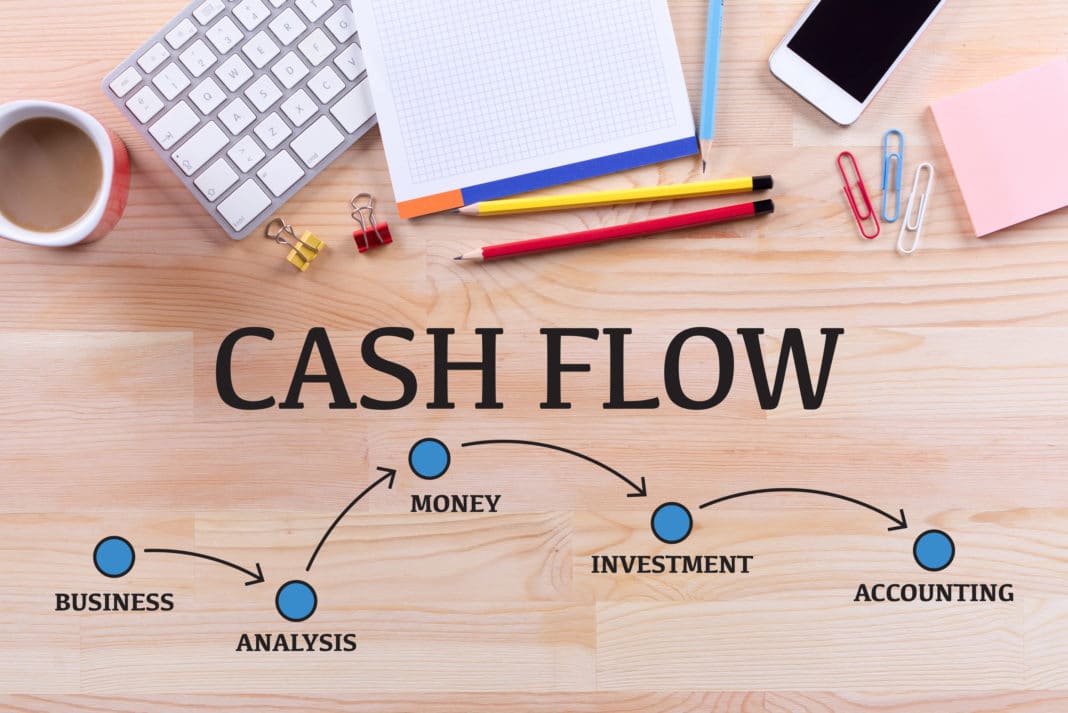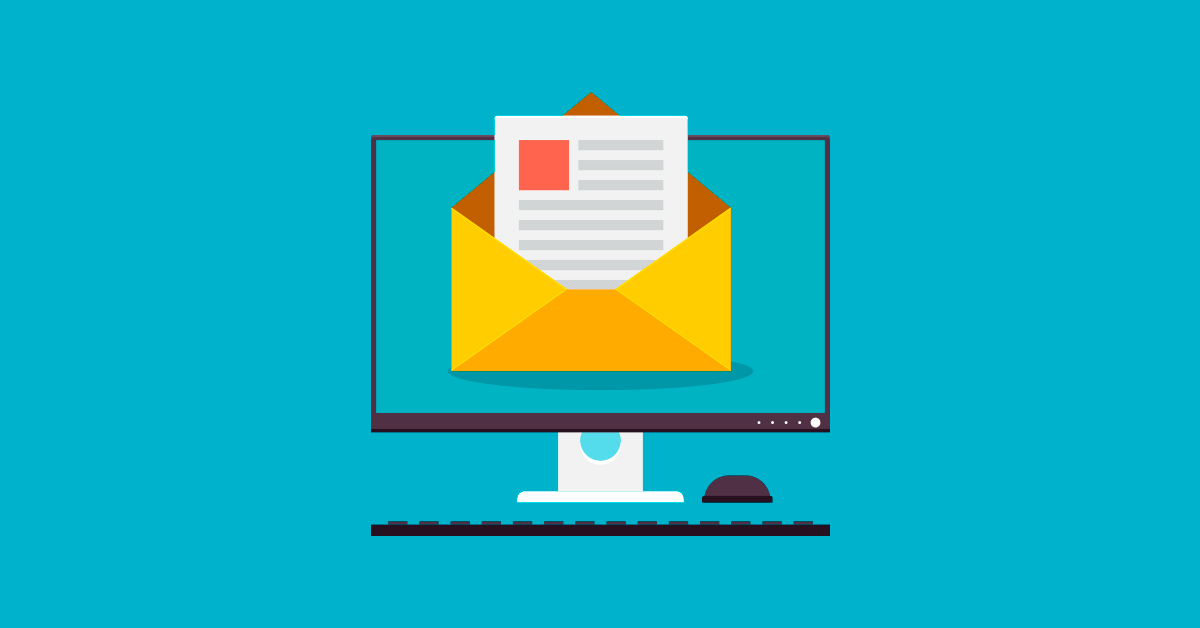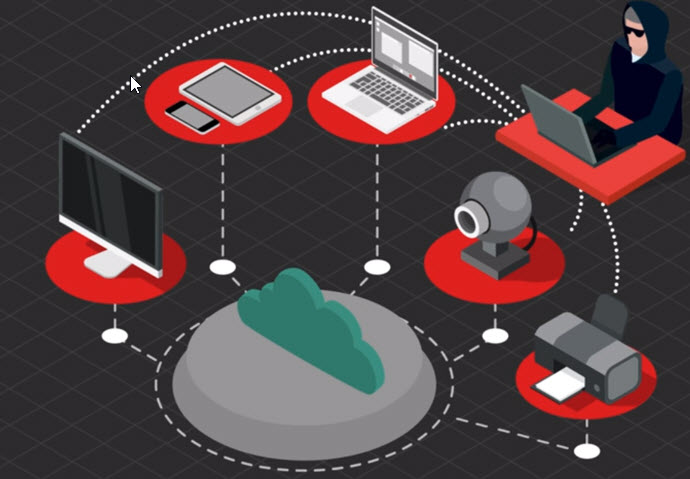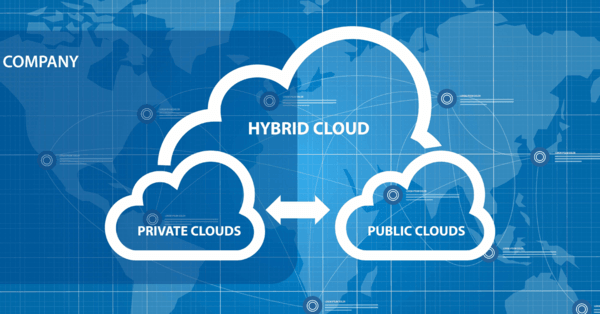Generating leads through cold emailing can be a daunting task. Often it isn’t easy to know where to begin and how to improve your click-through rates.
Particularly if your business lacks a big marketing budget or if your industry is highly competitive.
However, cold emailing can be effectively used to generate leads and, in some cases, even over 500 leads in a single campaign – as Brightest Minds, specializing in lead generation email campaigns, can attest to.
According to MailCon, the largest conference devoted to email marketing. Brightest Minds has had a conversion rate of over 122% (with cold emailing) over alternative methods like Facebook or Google ad words.
This illustrates how valuable cold emailing is over most conventional methods of lead generation.
As most people give up on cold emailing after a few failed attempts. They do not realize that there are simple techniques they can use to improve their results.
A cold email campaign is a highly efficient and effective way to generate leads. With the right approach, you can expect click-through rates of around 20-30%.
The traffic from social media is undeniable, but it doesn’t drive ROI like email marketing.
In fact, it has been ten years in a row that email has generated the most ROI.
Investing in email marketing generates a return of $38 on every dollar spent, resulting in business growth.
Therefore, if you want to connect with prospects or customers, emails are the way to go.
Cold email Case study:
The following is what one client (A SaaS Contact Center) achieved by implementing unique cold email strategies:
- In 6 months, our campaign generated 289 leads
- 75 interesting replies in 6 weeks, 4% bounce rate
- Response rates were 21.2% – while open rates were 47.6%

Source: Brightest Minds
In Implementing several of the strategies discussed in this article, this client achieved the results mentioned above and was able to:
- Book 59 demos,
- Resolve the deliverability issue for their domain,
- A weekly average of 12 new prospects & more!
Victor, the founder of My Learning Hub, explains in this video how he achieved higher conversion rates and saved over 10 times as much using email strategies from Brightest Minds as opposed to Google ads.
 How to E-mail Cold Leads
How to E-mail Cold Leads
By using persuasive email body copy, this article will show you how to increase open rates and ultimately get recipients to click through to your website.
Plus, we’ll provide you with tools and resources that will help you optimize your campaigns.
1. What cold email conversion rates are expected, and how do they vary by industry
Cold emailing conversion rates depend on a few factors. These include the quality of your list, the Subject lines you use, and the content of your message.
Among the most important factors is the industry you’re targeting.
Industry matters because different types of businesses have different expectations regarding conversion rates.

Image Source
For example, a B2C company might be happy with a 2% conversion rate, while a B2B company might be expecting more like 10%.
Of course, these are just general guidelines. You should know what conversion rate you should aim for through testing and tracking your results.

Image Source:
Starting out, you can use these benchmarks to get an idea of what to expect. Below are some average conversion rates for cold emails by industry:
- E-commerce: 2% – 4%
- B2B services: 4% – 6%
- Consulting: 6% – 8%
- Software: 8% – 10%
- Recruiting: 10% – 12%
Remember, these are only averages. If you’re already achieving a high conversion rate in one of these industries, there’s no reason you can’t continue to improve on your results.
2. Click-through strategies (to get recipients) to visit your website

Image Source
You can obtain click-throughs for your cold emails to your website or landing page by using the following methods:
- Write concise emails. Sending an email that is easy to scan and understand increases your recipients’ chances of clicking through
- Be sure your subject line accurately reflects the content of your email. In this way, you will encourage recipients to open your email.
- Keep it value-driven by talking less about the product and making it highly relevant to the prospect.
- As much as possible, personalize your emails. A personalized email will make the recipient more likely to click through.
- In your email copy, ask rhetorical questions that encourage readers to click through to find out the answer.
- Telling a compelling story in your email content will captivate readers and entice them to read more.
- Demonstrate your products or services’ benefits through customer testimonials or success stories.
- The use of numbers in cold emails is always attractive. For example, cold emailing has an ROI of 110% higher than Facebook or other social media.
- Make a strong call-to-action (CTA) that will encourage recipients to visit your website, sign up for a free trial, or make a purchase.
- Include social media sharing buttons or links in your emails so recipients can share them with others.
3) Tools and Resources for optimizing Cold-email Campaigns
For cold email campaigns to be optimized, you must have the right tools. It can help you speed up personalizing cold emails and more.
Studies have shown that sending personalized emails can increase performance rates by six times.
But you might wonder who has time to personalize each email.
By using cold email personalization tools, you can customize each email (out of 1000’s even) in your cold outreach campaigns.
Aside from cold email personalization tools, you can track metrics, manage leads, and automate tasks with the right software. Such tools can make a huge difference in your campaign’s success.
We have outlined a few tools that are useful for cold emailing below:
Sales Navigator is a tool that enables sales professionals to find and connect with potential customers on LinkedIn.
The service provides users with advanced search features, contact recommendations, and InMail credits, which can be used to send messages directly to their inboxes.

Image Source
Benefits of using Sales Navigator include:
- Finding and connecting with potential customers.
- Sending InMail messages directly to users’ inboxes.
- Access to advanced search features.
Woodpecker is a tool that helps you automate your cold email outreach. With Woodpecker, you can create and send customized cold emails at scale.
You can also track your results and get detailed reports on your outreach efforts.

Image Source
Benefits of Woodpecker include:
- It helps you automate your cold email outreach
- Allows you to deliver personalized emails on a mass scale
- Tracks your results and provides detailed reports
Zapier allows users to automate their workflows, it provides a platform for connecting different apps while automating tasks.

Image source
The Benefits of using Zapier:
- Workflows can be automated
- The ability to connect different apps
- Automating tasks to save time
Hunter is a powerful cold email tool that can help you find contact information for almost anyone.
It is user-friendly and efficient, making it an excellent option for anyone looking to improve their cold emailing skills.
The Benefits of using Hunter include:
- Finding email addresses quickly,
- The capability to search by domain, company, name, etc.
- With results displayed in a result
This tool is essential for sales and marketing teams that need to quickly identify ideal leads.

Image Source
The benefits of using GetProspect include:
- Using size, location, and industry filters to target your search,
- you can also see detailed information about each lead.
- With GetProspect, you can be sure you are sending cold emails to the right people.
These are just a few of the many tools available to help you optimize your cold email campaigns.
Using these tools can greatly improve your chance of success and lead generation.
4) Examples of effective cold-email subject lines
One of the first steps to writing the perfect cold email is crafting captivating subject lines.
Your subject line is, undoubtedly, one of the most important factors in determining whether your email will be read.
Here are some tips on crafting effective cold email subject lines.
Shorten the subject line
Make your subject lines brief and to the point. You want to pique the recipient’s interest without overwhelming them. Try to keep it below 50 characters.
Specificity, please
Subject lines without specifics are often ignored. Ensure that you target the recipient with something relevant that will grab their attention and compel them to learn more.
Use keywords wisely
Keywords can make a big difference in whether your email gets opened or not. Avoid using spammy words like “free” or “win”; instead, use terms more likely to prompt a response.
Personalize your Subject Lines
Your email is more likely to be acknowledged if it is tailored to the reader (especially the subject line). Try to incorporate the individual’s name or company name into your subject line whenever possible.
Some examples of effective cold email subject lines include:
- (First Name), let’s talk about earning more from your work
- (First name) I saw you mention (a competitor’s product or service). Would you consider (your product or service)?”
- (First name), Can we arrange a call to talk about (specific topic)?”
By following these tips, you can create cold email subject lines that are more likely to get opened and read.
5) How to Write a Convincing Email Body
Cold emailing can be effective with these tried-and-tested copywriting formulas that have been proven to intrigue and persuade all types of audiences.
Before you begin your B2B cold email lead generation campaign, consider these two proven email copy frameworks.
1. AIDA Formula for B2B Cold Emailing
This type of email illustrates the four stages a customer goes through before making a purchase decision – based on the AIDA formula.
In order to motivate recipients to take action, your cold email content must grab their attention, interest, and desire. These four steps are outlined below:

Image Source
- Attention: You should hook your reader with an attention-grabbing subject line in the attention stage. Your business email subject line should attract the recipient’s attention and prompt them to open it.
- Interest: In this phase, you need to connect with your users, and the content must engage them. The cold email introduction aims to generate interest among the recipient and convince them to read the rest of the email.
- Desire: It should demonstrate the benefits your customers can gain from your offerings and inspire them to desire your product or service.
It is also possible to use FOMO (Fear Of Missing Out) in your template, as missing out on something enhances our desire to acquire it.
- Action: A business needs to encourage its target audience to try or buy its products at this stage. The best way to get the reader to click, respond, or purchase would be through a CTA button.
It is possible for your business to create an email copy using the AIDA formula email model. This email campaign will result in a higher conversion rate.
2. The 3-B Plan
The 3-B Plan is a simple yet effective email marketing formula that can help you get more leads and sales. It stands for:
- Brevity — Cut it short.
- Blunt — Get straight to the point.
- Basic — Don’t complicate things.
The cold email technique lets the recipient know exactly who you are and what you would like from them. One of the keys to the 3-B Plan is to be blunt.
It doesn’t mean you can’t be persuasive; it just means you don’t need to try to be clever. Other forms of writing call for stories and jokes, but emails don’t.
Instead, focus on the reasons for the recipient’s prompt response. According to Brightest Minds research, shorter emails receive quicker responses.
Write Great Email-Copy Now
The biggest challenge is often crafting a compelling email body copy to persuade recipients to take action in email marketing.
Whether you’re promoting a new product or trying to increase attendance at an event, nailing the perfect email body copy can make all the difference.
Here are some tips for creating persuasive email body copy:
Start with a Strong introduction
You must capture the reader’s attention from the start of your email body copy so they continue reading.
It would help if you started off your article with an attention-grabbing hook that will entice people to keep reading.
Examples of Strong introductions:
- “I’m reaching out {{First-Name}} because I think we can help each other.”
- “Many writers are seeking alternative revenue streams for their efforts. Is this true for you {{First-Name}}?”
- “{{First-Name}} I found this article that I thought you would find interesting for {{Client’s Company}}.
Examples of Poor introductions:
- “Hi, my name is _______ and I’m a ___________.”
- “I’m emailing you because I want to sell you my _________.”
- “I was hoping you could help me with ___________.”
2. Don’t Go Overboard (Write an essay)
Short emails (to the point) are more likely to engage readers.
Don’t include unnecessary fluff in your email body copy. Get straight to the point.
The following is an example of a good, short, straightforward cold email template:

Here is an example of a bad cold email with fluff:
“Hi, there!
I hope you’re doing well. As I was thinking about you, I wondered if we might be able to work together because of your passion for (Product/service).
It would benefit both of us.”
World’s first tactile device that lets hearing and speech impaired talk with regular people
Best Regards,
3. Use Persuasive Language
Your email body copy should be engaging and convincing to persuade the reader to take action.
Persuasion often depends on the language you use just as much as the content of your message.
Your words should resonate with your audience, so carefully choose what you say.
Here are some examples of persuasive text you can use in your email body copy:
- “{{First-Name}} I think we could significantly help each other out.”
- “I’m convinced that I can deliver great results for {{Client’s Company}}.”
The following are examples of poor email body copy:
- “I may be able to help you out.”
- “I’m not sure if I can do a good job, but…”
- “I hope this works out.”
4. Include a CTA
There should always be a “Call-to-Action” (CTA) in your email body copy.
CTA’s are perhaps the most important part of any email, so making sure they are effective is very important.
Make your CTA concise and easy to understand, so the reader can easily take action.
Cold email CTA examples:
- “{{First-name}} If you’re interested in working together, how about a quick chat?
- “I’ll send over some more information {{First-name}} if you’re interested in learning more.”
- “Let me know if you have further questions for {{Client’s company}}” to gain from (your product/service)
Provide examples of poor CTA’s for cold emails:
- “If you want to learn more, just reply to this email, and I’ll send over some more information.”
- “Click here to learn more.”
- “I hope to talk to you soon!”
5. Customize your Email
As the examples above illustrate, when writing a cold email (besides personalizing the subject line), it is crucial to personalize the email body copy as much as possible.
By personalizing the email, you increase the chances that the recipient will read your email and respond favorably.
Some ways to personalize your email body copy include:
- Addressing the recipient by name
- Mentioning something that you have in common with the recipient
- Referring to a recent event or news story that the recipient may be interested in
- Asking a question that is specific to the recipient’s situation
Conclusion
So there you have it – a comprehensive guide on how to generate leads and improve click-through rates through cold emailing.
Of course, the best way to find out what works for your specific business is to test different tactics and see what produces results.
But with these tips as a foundation, you’re sure to see an increase in engagement and conversions from your cold email campaigns.
Author Bio: John B. Martyn has worked with SaaS-based products for over half a decade. He enjoys learning new things and is passionate about writing. Currently, he works for Brightest Minds, where he writes and edits content on Lead Generation strategies.
Email: john.martyn@brightestminds.io













 How to E-mail Cold Leads
How to E-mail Cold Leads








